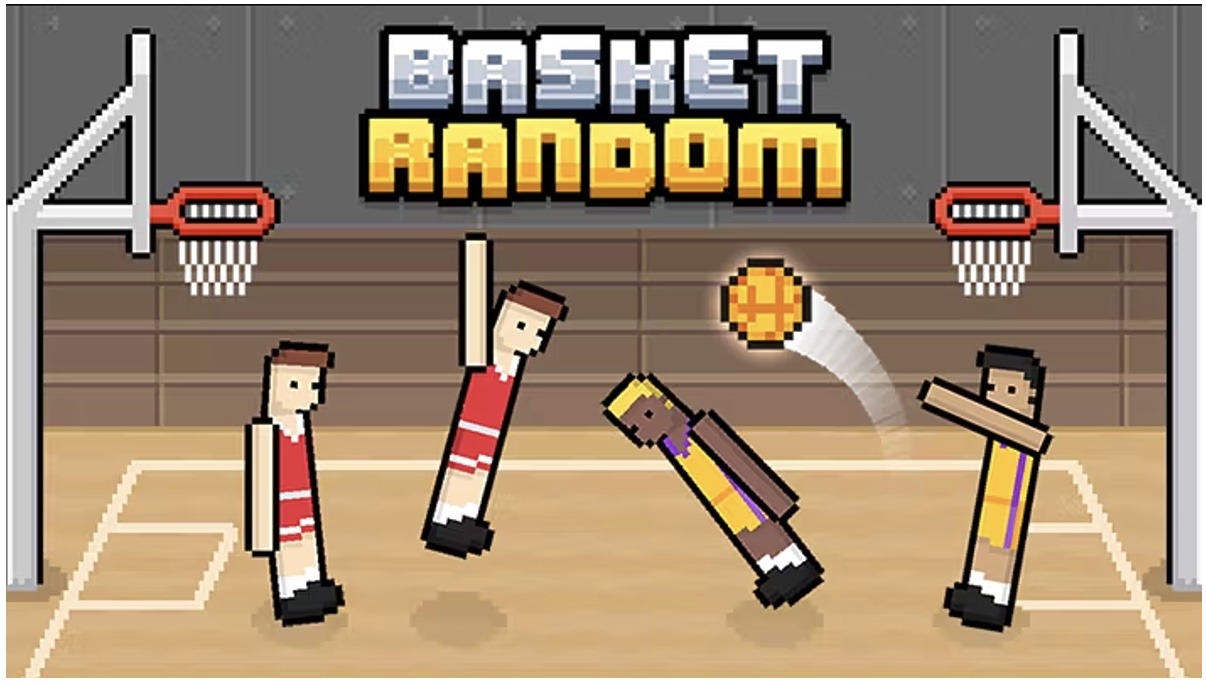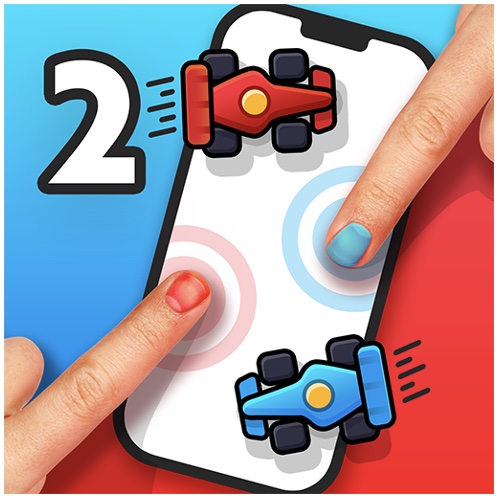
Children nowadays are growing up in a world shaped by digital technology. They have almost unlimited access to online resources. According to research by UNICEF, one in three users globally is children and teens.
This raises a concern for many parents about how much time their kids spend in front of a screen. However, some studies show that what kids do on their screens is more important than how much time they spend doing it.
What are the Benefits of Two-Player Games?
As the title suggests, a two-player game is a multiplayer game in which two people engage. Interactive video games are just one of the ways digital media can help children learn and grow.
For example, 2-player games like Two Player Checkers are educational, not just fun. Such games engage children in problem-solving and creative thinking, sparking their interest in science and sports.
Also, platforms like YouTube and Google Play offer games that are popular among children because they allow them to interact with others, learn, compete, and have fun without feeling overwhelmed.

Games Can Encourage Confidence and Independence
Most two-player games allow kids to choose the difficulty level and progressively ramp it up. Every level of accomplishment may boost their confidence since it makes children proud of their successes and teaches them to trust in their talents and knowledge. This encourages children to believe they are capable of accomplishing their goals.
Additionally, they may decide how they want to play the game (alone, with a friend, or in a multiplayer setting, for example), which provides the kids with a sense of independence and responsibility as they get to choose and make decisions.
Games Can Promote a Child’s Cognitive Development
Educational games, whether individual, two-player online games, or any other type, can help children develop their creative thinking, problem-solving skills, and imaginative expression. Also, two-player games allow kids to practice their memory and concentration, make connections, and understand cause and effect.
Two-Player Games Encourage Language Development
Language and literacy are essential for your child’s academic achievement and overall development. Playing games with other players can boost vocabulary and support speech development by allowing children to practice critical language abilities such as communication and comprehension.
For example, Google games for toddlers allow young children to explore language, talk about their ideas, look for and give information, and express their ideas and thoughts.
Playing Games Promotes the Child’s Social Skills
Multiplayer and two-player games build confidence and promote teamwork, encouraging kids to communicate and cooperate with other players.
Around the fourth birthday, most children are capable of cooperative or reciprocal play. They play with other children to achieve a common goal. At this stage, they are interested in both other children and the activity they are participating in. Two-player online games can be an excellent opportunity to encourage cooperative play in youngsters.
Players can also learn social rules, how to negotiate and solve problems, and how to control their emotions and have empathy. Playing games also benefit kids by allowing them to experiment with different roles, develop their imaginations, and learn from each other.
Two-Player and Multiplayer Games Spark Various Interests
Parents can use two-player online games to encourage their kids’ interest in sports, science, nature, math, or the arts. For example, games such as Basket Random can be an excellent tool to spark young children’s interest in sports and healthy living.
At the same time, games such as Mini Farm or Shepherd Farm can pique your child’s interest in the great outdoors, animals, and nature.
Also, some computer games may interest a child in science, technology, engineering, and math (STEM). And the significance of STEM education now cannot be overstated.
Technology has made many improvements to traditional education, such as making online learning tools available that encourage children to learn and grow their knowledge. Some games, for example, can help kids do their homework in a fun and exciting way.
Two-Player Games Promote Perseverance, Resilience, and Agility
Children learn to be patient, take turns, and maintain their focus on the game’s common goals when playing it with other kids.
Resilience, or the ability to deal with stress well and get back on your feet quickly after a setback, is a trait that will help a child for the rest of their lives. It can be built up through competitive gaming.
Another important skill that kids can develop by playing two-player games is cognitive agility. Games allow children to try different approaches, learn from mistakes, and develop problem solutions independently. This allows them to gain knowledge and meaning from their experiences, improving their agility.
Cognitive agility is an important part of resilience because it helps us deal with problems and adapt when things are unplanned.
Games Can Teach Kids Emotional Regulation
Teaching kids to self-regulate means helping them learn how to control their thoughts, feelings, and actions. For example, online games teach kids how to stay calm in stressful situations, delay gratification (wait to get what they want), and adapt to new situations, all important parts of regulating emotions.
Your child may also benefit from learning to self-regulate to better deal with strong emotions, complete demanding or tedious tasks, find solutions to problems, and make and keep positive connections.
How to Make Most of Two-Player Games
Online games, apps, and other digital resources all require the supervision and assistance of an adult.
Think about how your child uses screen time to get the most out of two-player games and other digital tools. Kids need help from their parents and other significant adults to use technology safely and responsibly.
So, focus on helping your child to get the most out of the digital tools available to them rather than concentrating on minimizing the amount of time they spend in front of a screen.
Teach your child to access information, find trustworthy and safe platforms, and select appropriate and fun games. This way, you assist them in developing critical thinking and problem-solving abilities, independence, and confidence.
Advertising disclosure: We may receive compensation for some of the links in our stories. Thank you for supporting LA Weekly and our advertisers.
